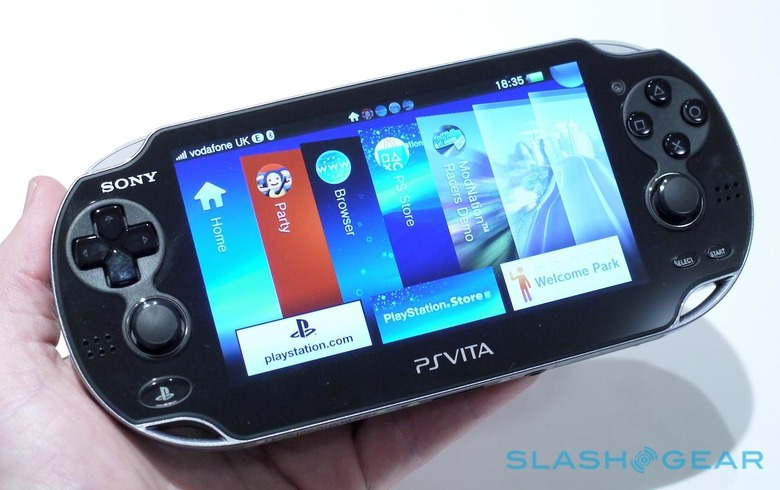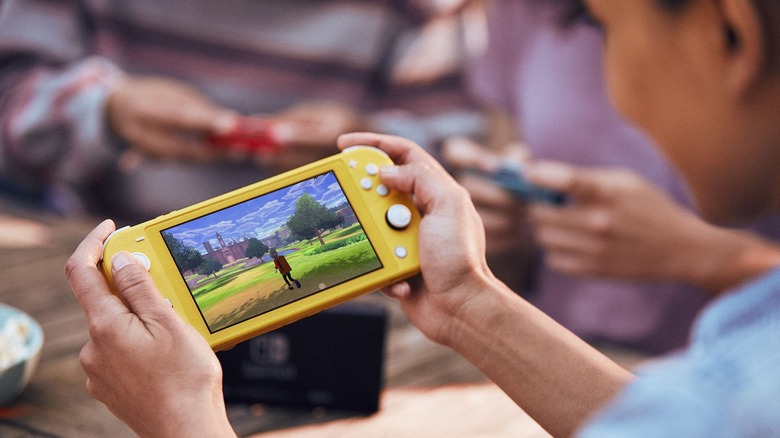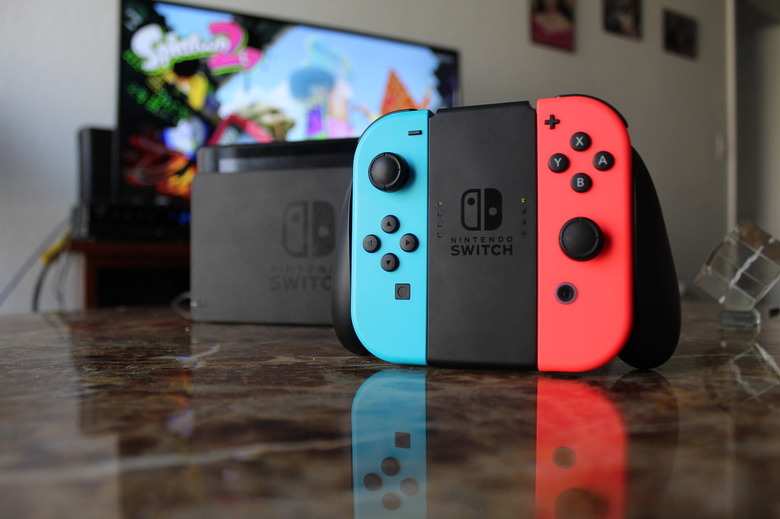Reasons why Nintendo Switch worked but PlayStation Vita failed in handheld gaming
Here are two great handheld gaming consoles. One is currently taking the gaming world by storm; The other has faded out of production with a whimper. They are the Nintendo Switch and the retired PlayStation Vita, consoles so alike but with sales figures that couldn't be more different.
Since its launch two years ago, the original Switch has sold over 37 million units, as of July. Just this week, it hit 15 million units sold in North America alone – which is more than the PS Vita ever achieved worldwide when it launched in 2011.
This is curious, especially considering how similar the two are. Both were meant to bring high-budget console experiences of their time to a handheld device. They have the standard traditional dual-analog setup, directional and shoulder buttons – making the PS Vita and the newly-launched Switch Lite essentially twins.
Gaming didn't grow in popularity all of a sudden – so what made the Vita so unpopular?
Quality of games
Games make the console. Every generation of console is remembered for titles that define it: The Last of Us and the PS3; Halo and Xbox; Pokemon and Gameboy. Gamers pick up consoles to play these games and then get hooked on to other titles.
Sony failed to bring its A-game to the Vita. It worked with popular developers like EA, Naughty Dog and Activision to produce AAA titles for home consoles like the PS3. Remaining resources left for the Vita were often poorly-made downgrades of the flagship game.
You would find a polished FIFA title for the PS3, but a less refined version of the same game made for the Vita that appeared hurriedly put together. Gamers also had to pick between the portable and home versions of the same game, hence the majority would more often pick the more advanced, fuller home console edition. This made games on the $299 Vita – and the console itself – a tough sell.
On the other hand, many titles on the Switch are exclusives. Developers had to focus their efforts to ensure these games were a hit. Household exclusives like The Legend of Zelda: Breath of the Wild, Super Mario Odyssey, and Smash Bros all offer unique experiences unlike anything on the big boy consoles. The Switch clearly had top quality games going for it, making it well worth the $299 entry fee.
The Switch being Nintendo's main outlet for its games means fans of its franchises only had one place to head to. You wouldn't find Super Mario or Zelda titles anywhere else, whereas PlayStation fans had other consoles to turn to for their fix of Uncharted and other games.
Best of both worlds
There's no getting away from the sheer innovation of the Nintendo Switch, which brings together big-screen and portable gaming with its TV-docking system and detachable joy-cons. It made the Switch an ideal console for families and groups.
The Vita however, often came in as the "second" console for gamers who already owned a PlayStation. There is the option of streaming PS4 titles on the device, but you would have to own a PS4 first, making the function redundant for most.
It also didn't help that all players would need a Vita for multiplayer to work, making the Vita a solitary experience.
Timing is key
The Switch Lite is also a solitary experience, ditching removable joy-cons to share, for a one-piece device much in the same ilk of the Vita. But its genius comes in launching two years after the success of its older brother.
Gamers enticed by the original's line of exclusives but hesitant due to its bulky size and weak battery now had a more pocketable – and affordable – reason to finally hop on board. Nintendo already had enough credibility and a track record to make it a huge success.
The Vita may have been a good gaming device, but Sony didn't help itself with the timing of its launch. Gamers were led to expect PS3-quality graphics on a tiny device. Not only was this not true, but the Vita launched at a time when gamers were anticipating the PS4's launch.
Forking out $299 for old-gen titles didn't make sense for gamers eagerly awaiting next-gen technology to arrive.
Final Take
Nintendo will continues to dominate this segment of handheld gaming, and we are still waiting to see if Sony will ever jump back into it.
Unfortunately we are doubtful Sony will be able to pull Switch users away from the platform without any changes in strategy; But with any industry, competition is good for consumers – and we are hoping to see Sony gives it another go.



